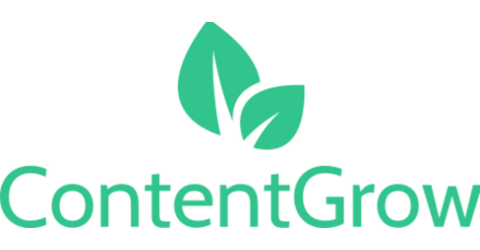OpenAI is building an ad machine. Here’s what that means for marketers
OpenAI is courting advertisers — and ChatGPT could soon be the next big ad platform.
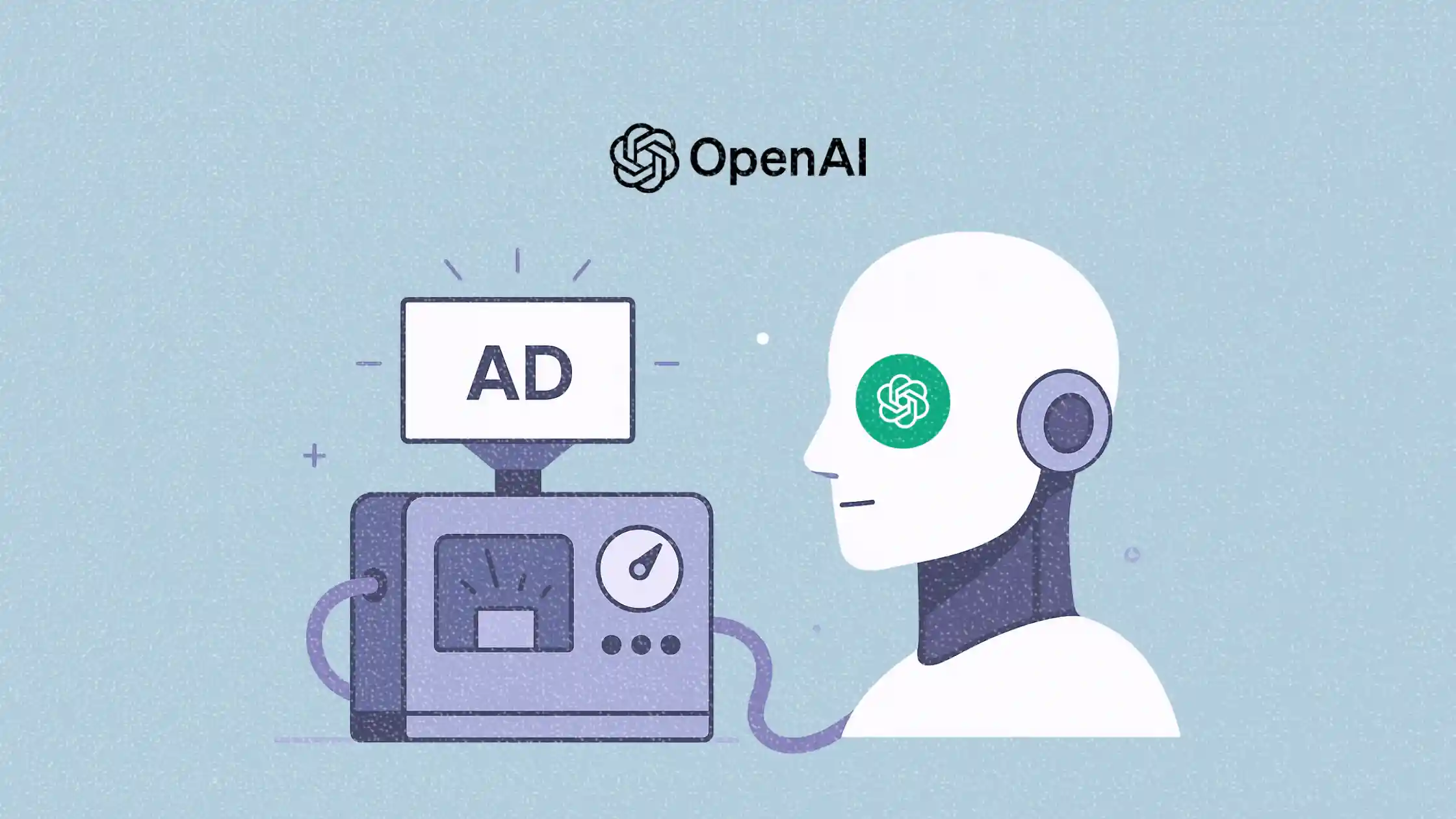
OpenAI’s hardware ambitions just put its monetization plans under a spotlight — and ads are looking less like an afterthought and more like the endgame.
The company, valued at US$157 billion, is reportedly working on a sleek AI companion device — a result of its acquisition of Jony Ive’s design firm — with plans to ship 100 million units.
But moonshots like this don’t fund themselves. OpenAI has already told investors it won’t be profitable until 2029 and expects to rack up US$44 billion in losses along the way.
That leaves one likely business model on the table: advertising.
This article explores why OpenAI’s move toward ads feels inevitable, what makes its ecosystem ad-ready, and how marketers should think about this new frontier in conversational media.
Short on time?
Here’s a table of contents for quick access:
- Why OpenAI’s business model is shifting
- What makes ChatGPT ripe for advertising
- What marketers should watch for
- Risks and realities of scaling an ad business
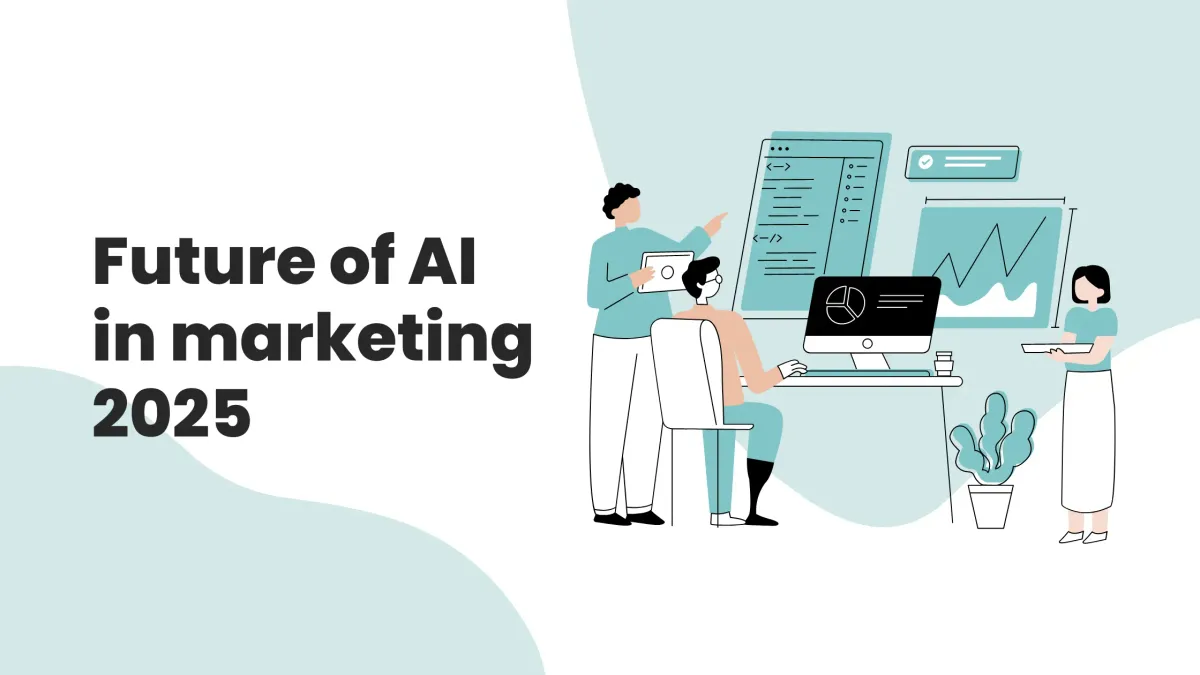
Why OpenAI's business model is shifting
The economics behind OpenAI are brutal: the company is torching billions as it scales up both its consumer-grade AI and its hardware ambitions. Its paid subscription model — which only converts about 4% of ChatGPT’s 500 million weekly users — isn’t enough to fund that burn rate.
Enter advertising.
It’s a high-margin model with the potential to turn passive product use into monetizable attention. The addition of former Meta exec Fidji Simo as OpenAI’s CEO of applications reinforces the direction.
Simo helped build Meta’s ad empire. Her appointment signals that OpenAI’s leadership isn’t just experimenting with monetization — they’re hiring to operationalize it.
What makes ChatGPT ripe for advertising
OpenAI has been quietly building the infrastructure of an ad-supported ecosystem, and it’s starting to look like a textbook case of future ad monetization in motion.
- The GPT Store already surfaces third-party bots that could easily be monetized with sponsored listings.
- User behavior in ChatGPT is signal-rich, revealing intent, preferences, topic interests, purchase consideration and habits — gold for targeting.
- New product integrations like shopping tools (with personalized product recommendations and price comparisons) suggest an affiliate layer is already in motion.
It’s a perfect storm: scale, engagement, and context. Add real-time user intent, and you’ve got the raw ingredients for a search-style ad model — but reinvented through conversation.
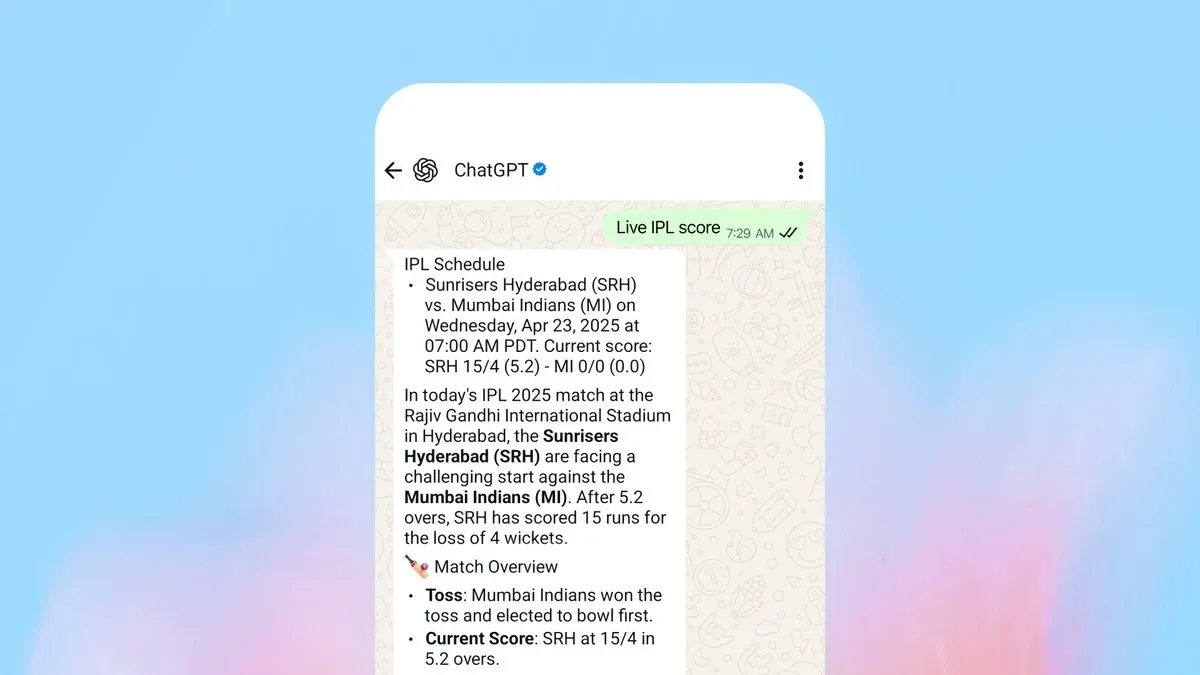
That opportunity becomes even clearer when viewed against what’s happening across the broader market.
The global AI market is projected to reach US$2.74 trillion by 2032, up from US$621 billion in 2024. This explosive growth isn’t just driven by enterprise adoption or automation — it’s also coming from how people are searching, shopping, and discovering online.
User behavior is moving fast. One in ten U.S. internet users now turn to AI tools like ChatGPT for search, signaling a growing shift away from traditional search engines. And among Gen Z users, 45% already prefer TikTok over Google for search, according to a Forbes Advisor–Talker Research survey.
Even Google is adapting. The company is integrating AI-powered ad features into its search results — like “AI Overviews” and “AI Mode” — to stay relevant in this new environment, as reported by Business Insider. That’s a clear signal that the future of search is conversational, contextual, and increasingly monetized.
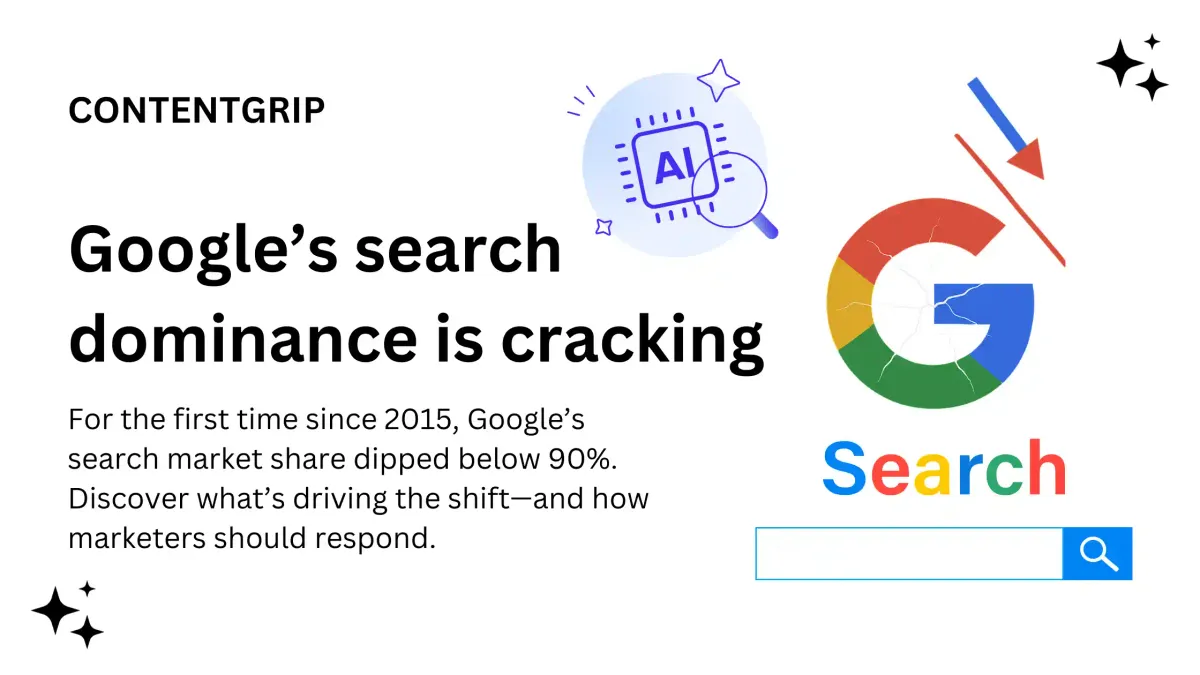
What marketers should watch for
OpenAI hasn’t officially announced an ad platform yet. But it’s laying the groundwork for one — and marketers should start thinking ahead.
Here are three things to track:
- Native formats are likely
Expect ad models that mimic sponsored answers, not banner-style interruptions. Think Amazon-style product placements or Google-style featured snippets, but built for conversation flows.
- Intent-based targeting will evolve
ChatGPT doesn’t rely on cookies. Instead, it can infer real-time intent from queries and dialogue, potentially giving marketers better targeting with less invasive tracking.
- Affiliate is a stepping stone, not a destination
OpenAI’s current experiments in affiliate commerce show a monetization appetite — but the affiliate model alone is too narrow to scale. Expect a broader ad engine to follow.
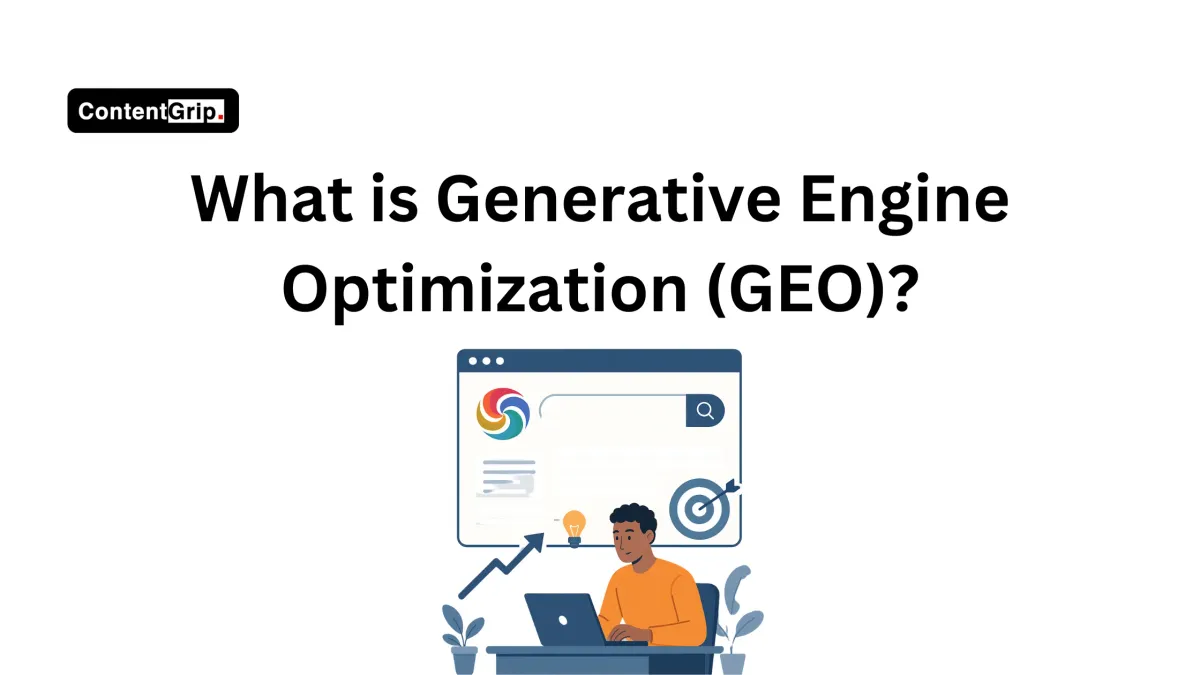
Risks and realities of scaling an ad business
Of course, standing up a global ad platform is no small feat. As W Media Research’s Karsten Weide points out, OpenAI will need to navigate global compliance, regional privacy laws, and a fragmented adtech ecosystem — all while still building out its core AI capabilities.
And then there’s the trust issue. Ads inside a tool like ChatGPT could blur lines between information and promotion. Marketers and platforms alike will need to tread carefully to avoid eroding user confidence.
Still, the opportunity is clear. As legacy platforms become more expensive and less transparent, advertisers are hungry for new real estate. OpenAI — with its reach, context, and scale — could offer the next frontier.
OpenAI has the ingredients to become more than just an AI company — it could be the next major ad platform. That might unsettle purists, but for marketers, it opens a new playbook for intent-led, AI-powered media.
Whether it’s native ads, sponsored bots, or contextual product placements, OpenAI’s direction is clear: attention is currency, and monetizing it is inevitable.
The sooner marketers start preparing for that future, the better positioned they’ll be.
